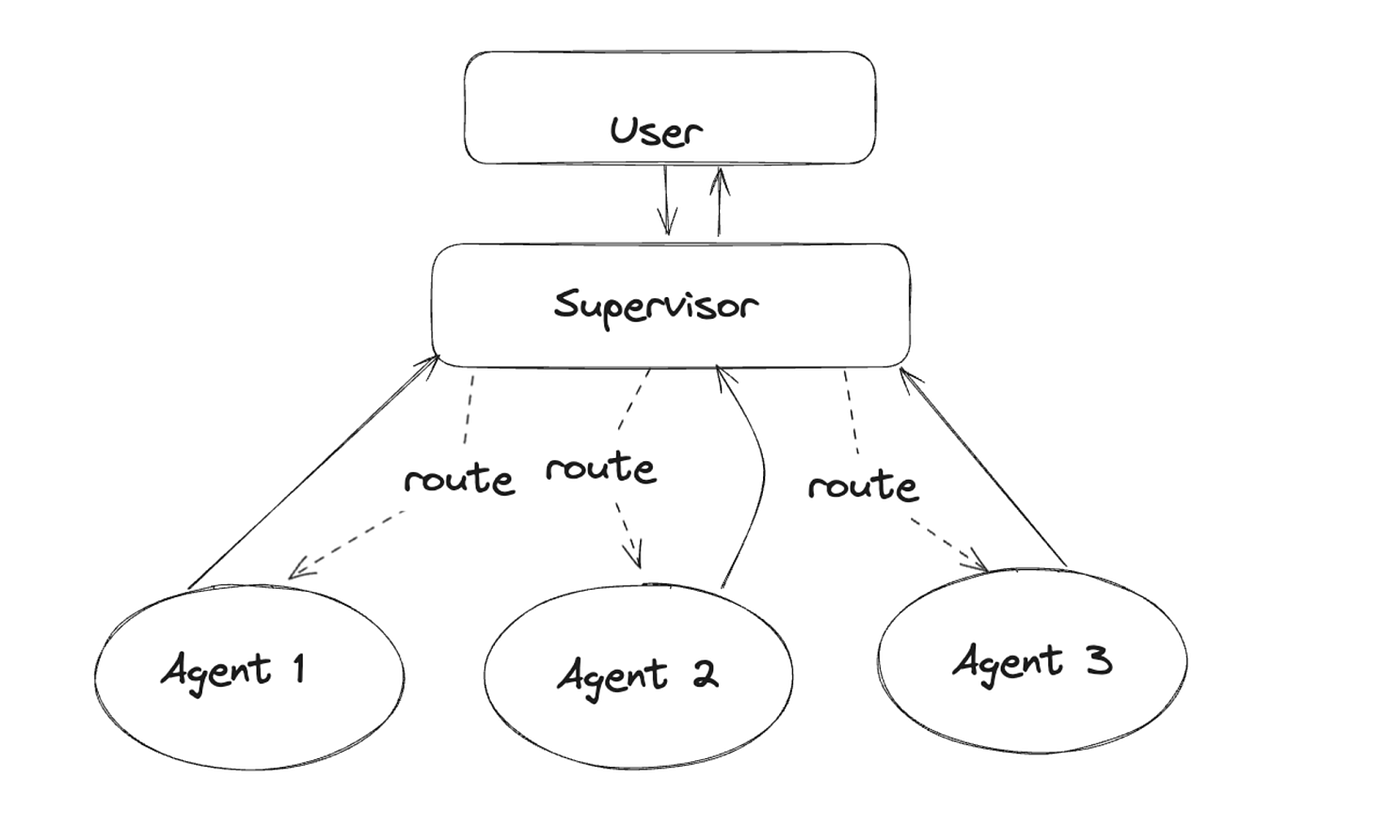A telecom network is like a city that never sleeps; it always has noise and activity. Telecom providers deal with a paradox—they already sit on mountains of data, yet often lack the clarity to use it effectively. This is how data analytics in telecom industry turns raw logs into useful business information.
Telecom analytics use cases give businesses useful advice to change how they do business, from spotting fraud to anticipating when customers will leave. It’s not only about technology; it’s also about how to interpret information in ways to affect what you do every day.
Every successful evaluation proves one thing: the more you know about the data, the better conclusions you can make. In this blog post, we’ll talk more about how big data analytics is used in the telecom business and list the top 10 successful use cases for this technology.
Targeted Marketing
Telecom businesses execute big data network analytics to make sense of how customers use their services. Operators can improve services to match the needs of each consumer by looking at their purchase history, usage patterns, and comments.
The moral of this story is clear: the better you know what clients want, the better you can help them. In the telecom company, data analytics makes personalization a competitive edge, which indicates marketers need to reach out to customers at the right time.
Example
An operator studying weekend streaming habits may design special video data packs for binge-watchers, driving higher adoption.
Network Optimisation
Big data analytics for telecom helps keep modern networks healthy since they are like living systems. By monitoring how coverage changes from one area to another, operators can detect weak spots and make educated guesses about where demand will rise.
Predictive coverage models fueled by telco data analytics give planners a way to grow. It’s not about chasing signals; it’s about making networks smarter. Every time a gap is filled, connectivity gets stronger and more reliable.
Example
If traffic analysis shows rural towers straining during harvest seasons, new capacity can be allocated before complaints pile up.
Price Optimization
Pricing in telecom is a mix of science and psychology, and data analytics telecom makes both operate together. Operators watch how people use their services, how often they bill, and what their competitors are offering to come up with plans that people will actually utilize.
Telecommunications analytics can help telecom companies calculate exactly how much a subscriber will spend before they quit their subscription. This not only keeps clients, but it also makes more money off of each one. Analytics reveals better pricing works better than discounts with each new tariff type.
Example
By studying prepaid recharge patterns, a provider may introduce weekend booster packs to appeal to younger users.
Predictive Churn Analysis
Churn doesn’t happen all at once; it leaves a digital trail. Telco data analytics can assist find early signs like dropped calls, slow speeds, or less engagement. With this information, operators step in before people get dissatisfied.
Business analytics in the telecom industry turns service complaints into proactive solutions to strengthen connections. The loop ends where it starts: being able to forecast dangers helps you keep trust.
Example
If a telecom sees high-value customers spending less time on the phone, it can offer them service upgrades before they think about leaving.
To Handle Data Leakage and Fraud
Fraud costs billions, but telecom operators can protect themselves with big data analytics. Systems can raise flags faster than manual checks ever could by mapping strange calling patterns, suspicious logins, or spam activity.
Telecom data analytics for fraud management not only protects revenue, but also keeps customers’ trust. Every blocked scam strengthens one idea: stopping something before it happens builds trust.
Example
If analytics finds thousands of short calls from one SIM in a matter of minutes, the system can instantly flag and stop the number.
Product Development
If you design telecom products without analytics, it’s like sailing without a compass. In the telecom business, data analytics helps turn raw consumption data into services to meet changing needs. Operators speed up development cycles by using both customer behavior and internal feedback.
The key is in making items to feel natural since they were based on facts. Data-driven thinking pays off every time a launch is backed by telco data analytics.
Example
A company that sees more people getting interested in mobile gaming might provide a low-latency internet bundle just for gamers.
Recommendation Engines
Smart recommendations don’t just speculate; they integrate telecom analytics use cases. Collaborative and content-based filtering figure out what people like, which helps services and users get to know each other better.
Telecom analytics takes those invisible connections and converts them into visible results: higher satisfaction and more usage.
Example
Subscribers who watch sports online may be encouraged to buy add-on packs to send them live match alerts, which can bring in more money.
Implementation of Preventive Diagnostics
Failures in networks cost a lot of money, but business analytics in the telecom industry gives you a heads-up. By looking at performance patterns, operators can predict when things will break down. This way of predicting things reduces downtime and keeps customers’ trust.
The cycle is clear: fewer surprises lead to better services. Telecom analytics ultimately demonstrates that prevention constitutes the optimal investment.
Example
When analytics suggest a group of servers is heating up too much, technicians can step in before the hardware breaks down.
Operational Analysis
Telecom data analytics genuinely wins when it comes to operational efficiency. Data can tell you a lot about everything, from how to use resources to how productive your workforce is. The best thing about data analytics telecom is that it can turn random numbers into choices to save money and make things work better.
Every day of streamlined operations makes one thing clear: efficiency is a process to never ends, not a project to end.
Example
Analyzing helpdesk call data may highlight frequent billing queries, prompting automation in customer support systems.
Attracting New Subscribers
Getting new consumers is just as important for growth as keeping old ones. In the telecom sector, data analytics helps create complete profiles of people based on their demographics, activity, and trends.
Then, operators can make offerings that are more appealing to new groups. Telecom companies may go from generic marketing to genuine engagement by using big data analytics. Every new enrollment tells the same story: reliable data leads to long-term growth.
Example
If there is a growing demand for short-term tourist SIMs, operators can offer rapid activation packets at airports.
How Data Analytics Drives Operations in Telecom Industry
Behind every strong telecom service is an unseen layer of numbers and signals. Data analytics in telecom industry converts those signals into smarter network management and better customer outcomes.
Practical telecom analytics use cases highlight the shift from guesswork to precision. To break down how it really works, let’s explore the stages:
Collecting Data
Finding where information is hidden in everyday operations is the first step in telecom data analytics. Every little thing is important, from calls and messages to customer use and network activities.
With extract, load, and transform (ELT), raw records are changed into organized representations that are easier to understand later. It’s like putting all the pieces of a puzzle into one box before you put the picture together.
You stop chaos downstream and make analysis sharper by building a strong collection foundation. In telecom analytics use cases data, everything fits together, and the message stays the same: good data is the key to getting useful insights.
Storing Data
Information doesn’t just sit around once it’s collected; it needs a safe, scalable place to go. When telecom companies do data analytics, they commonly employ data lakes or cloud warehouses to store big files until they need them. These repositories make it easy for teams to go to and share files, unlike a messy hard drive.
Think of it as a huge library where all the telecom records are sorted by type instead of being thrown into random piles. Because so many gadgets are connected, storing things becomes quite important.
Processing Data
If a room full of records isn’t organized, it’s not useful. Telecom analytics uses a lot of different techniques to handle data, such as batch, centralized, or distributed systems.
This step is like doing laundry in real life: you have to separate the whites, colors, and delicates before you wash them. When an operator notices network congestion or odd activity, processing speeds up the decision-making process.
Cleansing Data
Raw records are rarely ideal; errors, missing fields, and duplicate entries make it hard to see what’s going on. Cleaning up telecom data analytics is getting rid of mistakes and inconsistencies before doing the analysis. You can think of it as cleaning out your inbox by getting rid of junk mail so that only vital messages stay.
This step is important because it keeps discoveries from becoming wrong conclusions. Telcos stop false alarms and waste of resources by correcting and improving.
Analysing Data
Now comes the exciting part: using the new information to make choices. By using diagnostic, descriptive, prescriptive, and predictive methods, telecom analytics translates raw logs into useful business information.
You might think of it like a detective putting together clues to find out what happened in the past and what will happen next.
Operators can identify when a consumer is about to leave, advise other arrangements, or see problems coming before they get worse. In the end, every stage comes back to the same thing: analysis turns random records into stories that are worth hearing, from raw numbers to helpful insights.
Ready to Explore New Telecom Analytics Use Cases with Techling?
Telecom companies don’t lose consumers all at once; they lose them one at a time. Data from telecom analytics use cases shows that a story. Analytics in the telecom business make it easier to find dropped calls and billing problems in reports. Big data analytics for telecom shows when usage goes up before the infrastructure breaks down.
In the telecom industry, business analytics connects strategic decisions to measurable results. Telco data analytics finally finds a middle ground between the accuracy of engineering and the reality of customers.
The lesson? You cannot fix what you cannot see. The fix, however, is already waiting—Techling makes telecom data analytics less mystery, more mastery.






